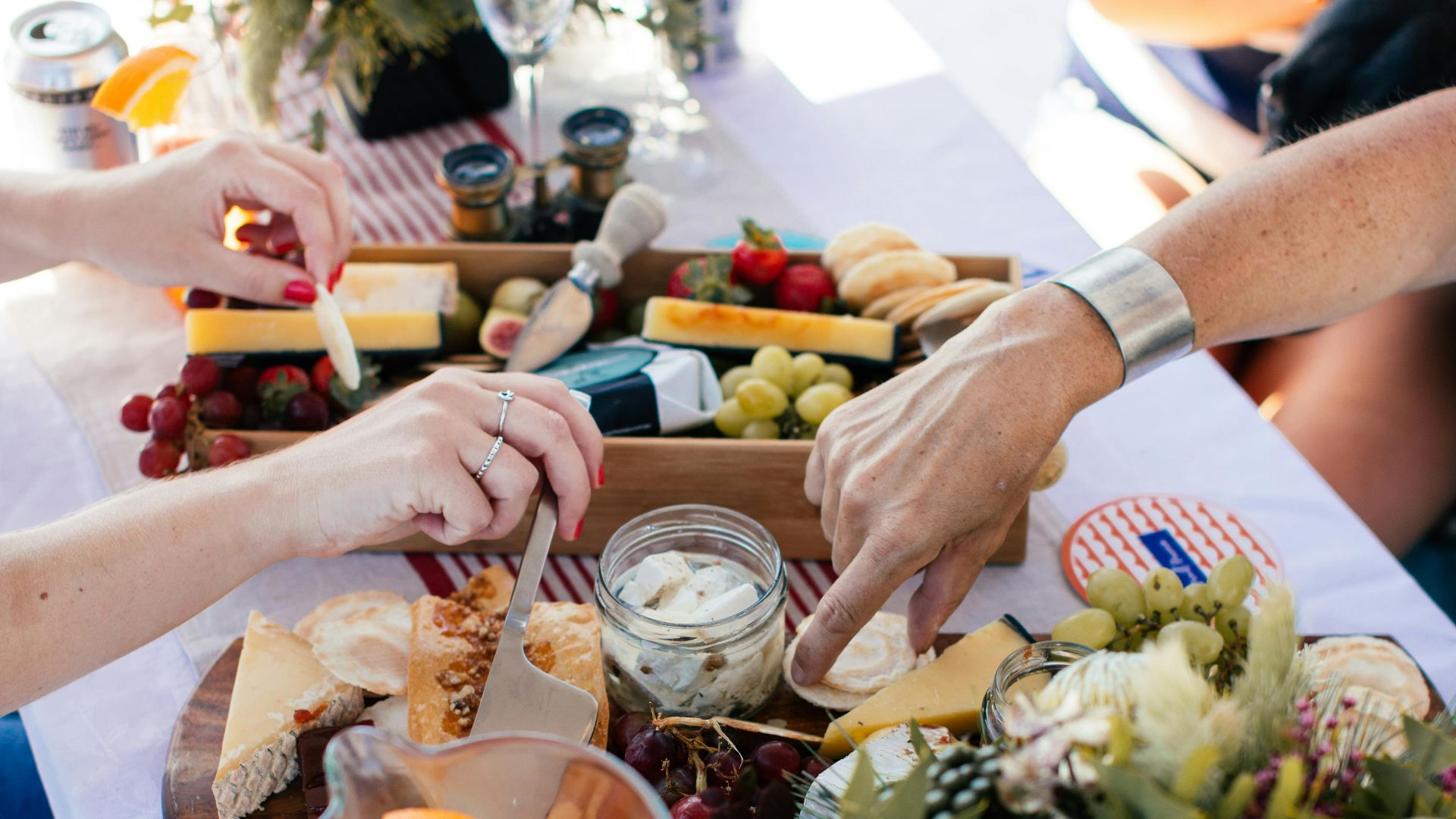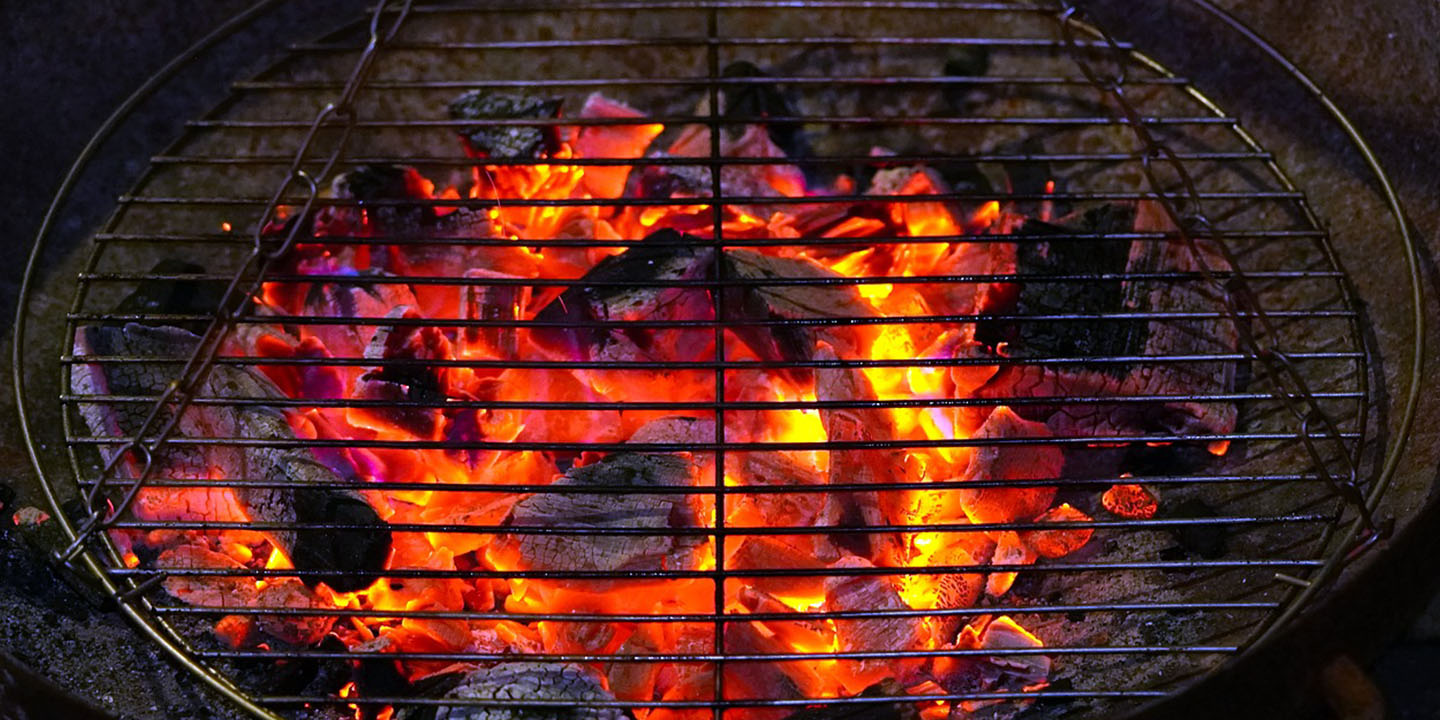Sink Your Teeth Into This
We’re used to common food controversies like pineapple on pizza, but sweet and savory combos are the least of your worries. From fruit bat soup to fried tarantulas, only the most adventurous eaters can handle these international delicacies.
 Thomas Schoch on Wikimedia Commons
Thomas Schoch on Wikimedia Commons
1. Jellied Moose Nose (Canada)
We always knew moose wandered through Canada, but we never knew their poor noses were up for grabs. While you likely won’t see jellied moose nose on everyday dinner tables, some Indigenous cultures in northern Canada still indulge in the treat, which consists of white and dark meat mixed in with spices before it’s refrigerated.
 Photo by Richard Lee on Unsplash
Photo by Richard Lee on Unsplash
2. Virgin Boy Eggs (China)
Though this Dongyang delicacy has been around for centuries, that doesn’t make it any less bizarre. In a rather arduous day-long process, eggs are soaked in the urine at least twice before consumption. The belief is that they offer a range of medicinal benefits.
 Photo by Haley Hamilton on Unsplash
Photo by Haley Hamilton on Unsplash
3. Casu Martzu (France)
You’ve heard of blue cheese, maybe even Roquefort—but now feast your eyes on cheese literally crawling with maggots. In an advanced fermentation process, cheese flies are brought in to break down the pecorino fats and make it soft. The EU had the good sense to ban this so-called food, but it’s still available in parts of France.
4. Haggis (Scotland)
You’ve undoubtedly heard of haggis, but few actually know what it is. Well, we’re here to ruin your day because haggis is made with something called sheep pluck. Essentially, you’re looking at a dish made with sheep liver, lungs, and the heart (along with suet and spices).
 Chris Brown on Wikimedia Commons
Chris Brown on Wikimedia Commons
5. Ant Eggs (Thailand)
Who needs lemon juice when you have acidic ant eggs? That seems to be the common sentiment across Southeast Asia, though they’re particularly popular in Thailand. They’re also well-known sources of protein and are often tossed in dishes like salads or soup. That’s one way to stop an infestation…
 Bertrand Man on Wikimedia Commons
Bertrand Man on Wikimedia Commons
6. Bat Soup (Palau)
Bats appear in all kinds of dishes across the world, but they’re a common delicacy in Palau. Their traditional bat soup consists of fruit bats, ginger, and spices for a rather popular dish sought after by locals.
7. Fried Spider (Cambodia)
This dish brings a whole new meaning to “conquer your fears.” Fried tarantulas are most popular in Skuon, a market town filled with platters of creepy crawlies all for a modest price. Though, we’re not sure any amount can convince us to chow down on crispy spider legs.
 Mat Connolley on Wikimedia Commons
Mat Connolley on Wikimedia Commons
8. Tuna Eye (Japan)
Commence the staring contest. If you can get past the cold eyes gawking at you, this appetizer is supposedly quite tasty. They’re typically boiled and served with soy sauce, though you may see them alongside sliced ginger.
9. Surströmming (Sweden)
Sweden sees your grocery store fish counter and they raise you surströmming, fermented herring—and one of the worst smells in the world. It’s hard to expect anything less from this canned fish, especially since it’s fermented for at least six months before gagging consumers everywhere.
10. Mett (Germany)
What’s a bread roll without raw minced pork? Believe it or not, it’s a common sandwich in Germany and the meat is usually seasoned with salt, pepper, and raw onion. Don’t worry, at least the bread is properly baked.
11. Khash (Armenia)
A boiled dish of cow or sheep parts, this meal is widely found in the Middle East. While it has many names, the general concept is the same, which is boiling cow or sheep heads and feet along with spices. Some variations also include the stomach.
12. Hákarl (Iceland)
This famous Icelandic dish isn’t for the faint of heart. On the surface, “fermented shark” might not seem so bad…until you find out it’s been fermented for at least four months. What you’re left with is a taste so foul not even Gordon Ramsay or the late Anthony Bourdain could handle it.
13. Guinea Pig (Ecuador)
In Ecuador, these adorable rodents are less “friend” and more “feast.” Smaller than everyday livestock and quick to reproduce, it’s easy to see why these little guys are farmed as delicacies. They’re also an excellent source of protein.
 Photo by Karlijn Prot on Unsplash
Photo by Karlijn Prot on Unsplash
14. Frog Legs (France)
Arguably tame compared to some items on this list, frog legs are a well-known dish in French cuisine—though they’re also popular in Italy, Albania, and even some parts of the southern United States. They may be gross to look at but they supposedly taste like chicken and have plenty of vitamins and protein.
15. Tiết Canh (Vietnam)
Serious food poisoning won’t stop Vietnamese locals from ingesting tiết canh, a pudding of cooked pork (or duck meat) in raw blood. You’re also treated to fish sauce, seasoning, and crushed peanuts.
16. Rocky Mountain Oysters (Canada)
A charming name for a rather acquired Canadian taste. These so-called oysters are, in fact, bull testicles—and they’re a common appetizer. Also found in and around America, this dish is breaded and seasoned and served with lemon wedges.
 Photo by Christian Wiediger on Unsplash
Photo by Christian Wiediger on Unsplash
17. Black Pudding (Ireland)
This common blood sausage is popular in Ireland and the UK, usually as part of a traditional breakfast. They’re usually made from a mixture of pig’s blood, fat, and oatmeal, though we think we’ll just stick with eggs.
18. San-nakji (South Korea)
Eating octopus is hardly unheard of, however, this South Korean dish takes it up a wriggling notch. Daring eaters are treated to moving octopus tentacles coated in sesame oil and sesame seeds. If it helps, the octopus isn’t alive.
19. Century Egg (China)
As if regular eggs didn’t smell bad enough, China’s blackened century eggs bring entirely new aromas to the table. Modern recipes thankfully strayed away from traditional processing methods, which included curing eggs in clay, salt, ash, and quicklime for weeks or even months at a time. That said, ones today still have their signature bruised look and pungent stench.
20. Marmite (United Kingdom)
Marmite has divided people for years—some spread it without a second thought and others would sooner go without breakfast. It’s easy to understand the division since it’s made from brewer’s yeast…in other words, whatever’s left after they make beer.
 TheJackal on Wikimedia Commons
TheJackal on Wikimedia Commons
21. Shirako (Japan)
This might look like your average sushi roll at first, but further examination reveals something called “white child.” It’s an apt name once you discover that creamy fish is actually its sperm sac.
 Schellack on Wikimedia Commons
Schellack on Wikimedia Commons
22. Hormiga Culona (Colombia)
These ants carry a lot of junk in the trunk, something their dish’s name alludes to. Luckily, that also means you get plenty of bang for your buck with this roasted delicacy—it’s a shame the poor queens are the only ones ever harvested.
 Naira_Abal on Wikimedia Commons
Naira_Abal on Wikimedia Commons
23. Civet Coffee (Indonesia)
Who doesn’t love a good cup of coffee in the morning? Well, you might want to second-guess that Indonesian brew because it comes from beans that have already been passed. The Asian palm civet eats and passes these coffee cherries, which are then used for that cup of joe.
 mckaysavage on Wikimedia Commons
mckaysavage on Wikimedia Commons
24. Balut (Philippines)
No, we’re still not past all the nauseating egg dishes. This little number comes from the Philippines and it’s a fertilized duck embryo eaten out of the shell. In case you were wondering, yes, you can very much tell that it’s an embryo.
 Photo by Debby Hudson on Unsplash
Photo by Debby Hudson on Unsplash
25. Durian Fruit (Southeast Asia)
The skin alone is more than enough warning, but eaters who insist on venturing forth will catch a good whiff. This fruit’s odor is so terrible and lingers so long that it’s actually been banned by some hotels.
KEEP ON READING




















